Silver ranks high up as one of the most common precious metals in the world today. However, people such as miners, metal ore researchers, and more often struggle to identify silver ore sources.
It’s easy to see why they struggle because identifying silver involves various techniques and procedures. The ability to get quality results depends on the miner’s experience and knowledge in choosing suitable options.
With the correct information and experience, the identification process will become easy. With such skills, you will also save lots of finance on mining costs, which can be good for your business or technique in mining. The guide below takes a look at ways of identifying these sources.
What is Silver Ore
Refers to a mine or land area where one can typically mine silver-bearing ore. Usually, such ores don’t often contain pure silver ores but chemical variations which miners can purify to produce the silver. The ores are likely to have high amounts of chalcopyrite or galena, which are usually sources of silver.
Most of these silver ores undergo procedures such as flotation separation, which is vital in purifying the silver. The flotation separation involves suspending the ore in liquid to help produce the silver.
Plus, the techniques for mining often depend on various factors such as orebody, ore-depth, economic factors, and more. Today’s silver also comes from three key sources, including mining, by-products, and recycling.
The mining process would be the most common, and it requires people to identify silver ore sources the right way. People struggle with this process as silver-bearing ores are not often pure and might sit relatively deep in mines.
How to Identify Silver Ore
Silver is a valuable metal that occurs in many regions throughout the world. The most popular silver deposit would be in Colorado, so it gets the name “Silver State.” Below are some of the helpful ways of identifying a suitable silver ore:
1. Check-in Silver Ore Rich Locations
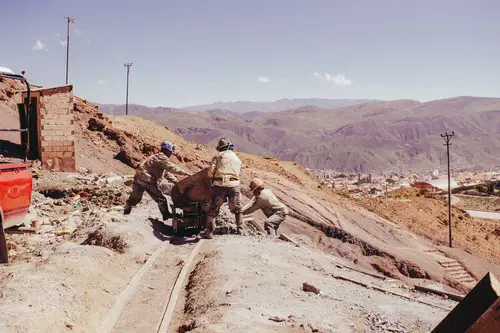
Research for a location that has an excellent reputation for the production of silver ores. Doing this increases the likelihood of finding a suitable silver-ore source for your investment needs. A good example would be an established geologic location which has had significant deposits of silver over the past years.
Doing this will give you a better chance of locating a good silver ore. The original form of silver would be similar to nuggets, which are common in various areas globally. However, such silver types often contain multiple other products like chlorine, sulphur, antimony, and numerous others.
Furthermore, the common places to find silver ore would be in countries such as:
- Peru.
- Canada.
- Australia.
- United States
- Mexico.
- Bolivia.
2. Look for Specific Metal Deposits
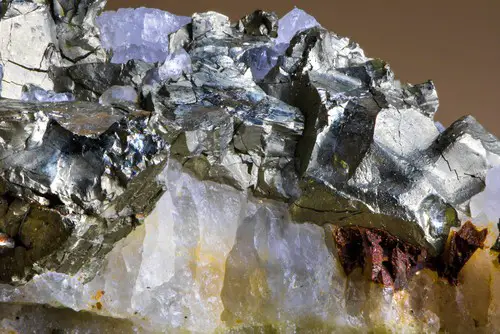
You are never likely to find silver ores in their pure form, and you have to learn to identify them from the traditional metal ores. Miners refer to such ore-types as “native silver.” The biggest silver nugget ever found averaged over 2,500 pounds in Mexico.
So, your best bet is to find metal ores in places that have a rich silver-mining history. While accessing the information on ore locations is essential, consider taking the research process further.
A few common tips include:
- Look for lead deposits – most silver-bearing ores don’t often contain pure silver. So, your best bet is to identify silver ore sources that contain large amounts of products such as lead. Lead usually has significant pieces of silver, and this can lead to a silver ore. The normal colour of a lead ore is black to dark grey.
- Search for quartz deposits – Quartz is regarded as the most popular host rock for silver hots. The most notable aspect of silver ore would be that it has a crystalline structure with a white or transparent appearance. Furthermore, bright white quartz contains grey streaks, which is a vital sign of good silver ore.
3. Evaluate Each Rock Carefully
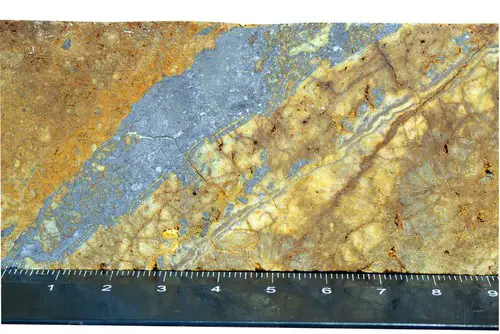
Analyze each rock using any proven techniques because silver deposits are not often easy to find. Plus, you will come across silver that runs on a host rock with the same appearance as spider veins. The silver will stain the rock’s interior, which is a strong indicator of silver ore.
You may need help from an experienced miner in evaluating the quality of the silver stains on your preferred metal ores. The process of assessing each rock for the quality of silver involves a few key factors.
You have to do this process using proven techniques and methods for identifying silver ores. A few helpful tips for you to consider in evaluating each rock include:
- Look at the rock physically for the presence of silver streaks and quality.
- Use proven techniques such as flotation to verify the quality of the metal.
- Pick a sample and take it for further lab reports and analysis.
- Consult with a mining service about a specific rock and its prospects.
- Compare the quality of silver ores produced to those of other areas.
4. Visit Old Silver Ore Mines
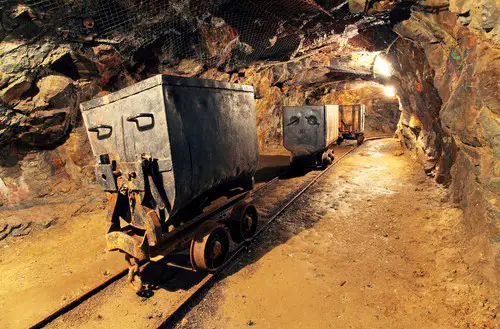
Doing this will make it easy to re-analyze any waste piles or opportunities that exist from previous mines. However, you might have to enlist the services of a competent mining professional to help you identify suitable silver ore sources.
Start by preparing a list of some of the best silver ore mines you will visit to make things convenient. You can easily find lucrative silver mining sources from around the world. The best mines are available at high costs, and you may have to break the bank for you to access these areas.
If you are having trouble finding old silver mines, get in touch with a mining company or search on the internet. Before visiting a particular silver ore mining source, especially if you are a novice, consider the following:
- Consult with the previous companies that used the mine.
- Learn about the dangers associated with accessing old silver ore mines.
- Get the right gear and toolset for silver mining purposes.
- Develop a plan for the mining process.
- Evaluate local laws regulating the mining and management of precious metals.
5. Learn About Silver Processing Techniques and Steps
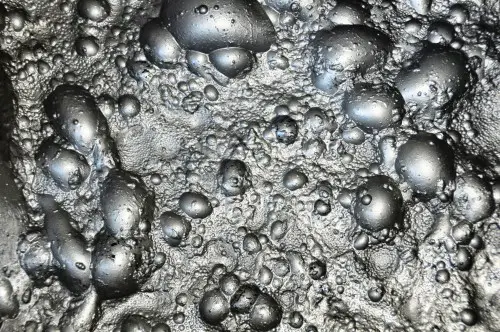
There are several methods involved in the extraction of silver. The process that ensures the most efficient levels would relate to the quality and type of silver ore. In the 16th century, silver was extracted using amalgamation procedures. While this was a vital technological resource, it’s no longer valuable because it has adverse effects on the environment.
Nowadays, people extract silver using a floating flotation process. It was discovered in the 20t century, and it involves placing ore in a bath. More so, air bubbles pass through the mixture and help transfer the silver to the top section of the flotation bath. Then, the silver-rich froth undergoes skimming and smelting for separation procedures.
There are three significant steps involved in the mining of precious metals such as silver. These steps include exploration, mining, and processing. Once the miners identify a suitable mining deposit, they have to make a significant investment in the ore for exploration purposes.
It’s a process that involves further development of drilling and analysis techniques for the all quality of silver. Furthermore, communication is also another vital step. It involves breaking down the silver ore to facilitate the breakdown of the metal deposits and might include blasting techniques.
The appropriate mining techniques might also vary due to factors such as the location finds available and various others.
6. Invest in a Legitimate Silver Ore Service
Once you are trying all the possible techniques of identifying silver ore and all have failed, consider a mining company. It’s an excellent method you can use because a reputable service offers various service guarantees.
Since investing in such services involves significant resources, ensure you enlist the help of a legal representative such as a lawyer. Doing this can be an excellent risk management plan for investing in any silver ore mining company.
Some of these guarantees include:
- Value for money – a reputable mining company ensures you will get the best value for your investment. Usually, such companies provide contracts or legal agreements to facilitate this process.
- Satisfaction guarantees – mining companies often have professional values, which translates into service quality. Check for warranties, money-backs, and various other similar offers.
- Extensive access to helpful information – the company will also have access to a comprehensive database of mining locations, techniques, and solutions.
- Improved company operations – your business will be able to focus on other equally important tasks. The mining company might also provide offers such as discounts, which can make your investment affordable.
Benefits of Learning How to Identify Silver Ore?
There are various benefits of learning how to identify silver ores the right way. Below are some things you should be expecting:
- Reduced operational costs – hiring a silver ore mining company can be costly, especially if you are not informed about the processes involved.
- High-quality silver – since you will be handling this process personally, you are sure of excellent silver products.
- Less likelihood of infringement issues – mining silver personally or through your company reduces any chances of punitive action from agencies such as the state.
- Improved results – the mining process is also likely to go faster than with mining services, which often have several clients.
Conclusion
The ability to identify metal sources involves various technical skills and resources to ensure the best results. Please comment if you have any insight to share with us. For silver ores, you have to:
- Be aware that finding it in its pure form is not an easy feat.
- You have to get the right tools and use the correct techniques.
- Doing this can spare you lots of time and finances for mining procedures.
